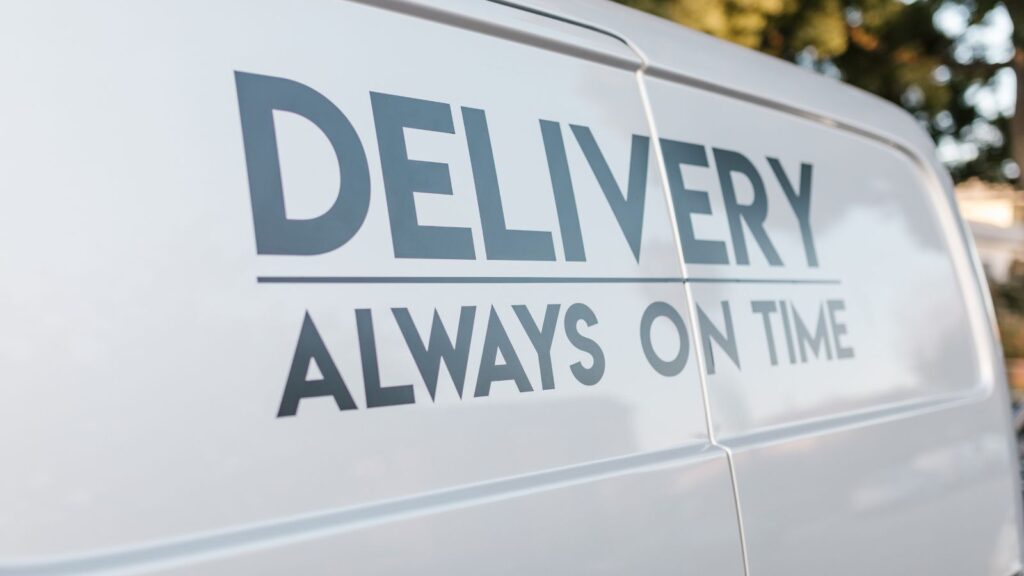
Transporting high-value vehicles—whether a luxury car, classic model, or performance vehicle—requires meticulous planning and the right logistics partner. These vehicles represent a significant investment, and any damage during transit can result in costly repairs, devaluation, or even insurance complications. Ensuring their safe delivery involves several key steps that every owner or dealer should be aware of.
Choose the Right Transport Method
The first decision is selecting between open and enclosed transport. While open carriers are more affordable and widely used, they expose vehicles to the elements and road debris. Enclosed transport, on the other hand, offers greater protection and is highly recommended for high-end or collectible vehicles. Although it comes at a premium, the added security and peace of mind often outweigh the cost difference.
Vet Transport Companies Thoroughly
Not every transportation service is capable of managing high-value vehicles. It’s important to collaborate with companies that focus on this specific area. Seek out businesses that provide comprehensive insurance, utilize soft tie-down methods, and possess expertise with luxury brands or rare models. Feel free to request references or instances of past deliveries that are comparable.
Document the Vehicle’s Condition
Prior to delivering the vehicle, carry out a comprehensive inspection and capture detailed images from every angle. Record any pre-existing scratches, dents, or other flaws. This documentation will be essential if you need to submit an insurance claim for any damage incurred during transportation. Ensure that the transporter also completes a condition report at both collection and delivery.
Secure Comprehensive Insurance
Many reliable transport companies offer a degree of insurance, but it might not completely cover your vehicle’s value. Reach out to your personal auto insurance carrier to clarify what your policy covers while your vehicle is being transported. If your vehicle’s value surpasses the coverage limits, you might want to look into buying additional transit insurance to fill the gap.
Prepare the Vehicle for Transport
Remove all personal belongings and loose accessories from the vehicle before it’s loaded. Disable alarm systems, check for fluid leaks, and ensure the battery is charged. Reducing the fuel level to about a quarter tank is also standard practice, as it lightens the load and minimizes fire risk.
Track and Communicate
Choose a service that offers GPS tracking or real-time updates. Knowing the vehicle’s location during transit provides reassurance and allows for timely intervention if any delays or issues arise. Maintain open communication with the transporter, and clarify expected delivery times and procedures.
In many areas, especially for those dealing with rare or valuable cars, it helps to work with a provider familiar with local transport requirements and routes. For instance, when seeking car transporters in Gloucestershire, it’s wise to choose a company that understands the regional logistics and offers tailored solutions for high-value vehicle delivery.
Final Inspection Upon Delivery
Once your vehicle arrives, inspect it immediately and compare it to the photos taken before transport. Note any discrepancies in writing and notify the transport company on the spot. If everything is in order, sign off on the delivery and enjoy your vehicle.
High-value vehicles deserve high-quality care. By being proactive, thorough, and selective with your transport provider, you can ensure your prized possession arrives at its destination safely and in pristine condition.








